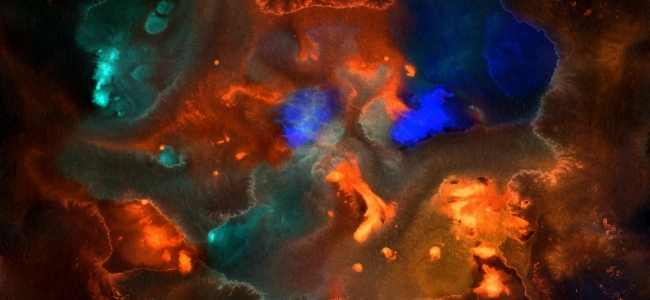The preservation of art is essential in documenting our cultural, social and political heritage for future generations. The art we produce reflects our cultural values, beliefs, emotions and thoughts about our shared social landscape. Conserving works of art means that we can have a record of the creative expression that shaped a particular period of time which can be enjoyed for years to come.
In recent years we have seen huge technological advances that have improved the accessibility of art and highlighted the valuable role it plays in contemporary society. The growing popularity of digital art, for example, has demonstrated the full potential of art as a powerful form of human expression and shown that it does not need to be confined to more traditional forms. We have access to art at the touch of our fingertips, with numerous online social media platforms facilitating artistic collaboration and inspiring audiences daily. Art is no longer a luxury for the privileged few and you no longer need to visit a gallery or museum to see your favorite pieces of art.
The Vision
One foundation that’s helping to support this artistic revival is the Marandi Foundation. Established by Javad Marandi in 2017, the Marandi Foundation works to ensure watercolor paintings from all over the world are accessible to everyone. Before the invention of the camera, thousands of painters, both professional and amateur, used watercolors as a way to document and record their view of the world. Each of these paintings can tell us something about our shared history, but unfortunately many are stored away in archives, albums, or darkened museum vaults as they are too fragile to display in a public setting. This is largely because watercolors tend to increase in fragility as they age and must be stored safely in order to adequately protect and preserve the colors and markings. They can fade over time if exposed to daylight and can also be affected by even slight changes in temperature and humidity. This is something of a worry in the art world, as it means we could easily neglect this important part of our visual culture and have less opportunity to enjoy this beautiful art form.
Javad Marandi and the Marandi foundation wholly funds the ‘Watercolor World’ charity, which is an extensive free online database of pre-1900 documentary watercolors from public and private collections all around the world. Viewers can search the database by keyword or filter by map location, as well as learn about the artists behind the work to gain an understanding of the social and political context in which the painting was produced. The images are scanned at high resolution and it is quick and easy to zoom in on the most minute details to appreciate the true beauty of the work.
The design of the scanners mean that they do not come into direct contact with the surface of the watercolor painting or emit any potentially damaging heat or light. This means that the images can then be studied and enjoyed with no risk to the original artwork. The images are tagged and categorized into six main categories, including landscapes, architecture, industries, portraits, and flora. Some of these categories overlap, but all are easy to access and navigate according to your personal interests and preferences.
Historical Insights
Many of the paintings contain significant historical insights and reveal much about the world we live in. Some of the watercolors have even been used to recreate ancient Egyptian tombs and document important moments in history. Others can be seen to illustrate times of social upheaval, violence, and conflict through astonishing eye witness accounts that each shed light on the mood of the time. These kinds of historical insights are invaluable in the absence of photographic evidence and often capture the public feeling in a way that other types of media may not be able to.
One current feature on the website is a fascinating collection of paintings that portray Australia as drawn by the convicts who had been transported to the country between the years 1788 and 1868. These convict artists recorded the landscape and natural history they experienced and many were commissioned by the ruling class and military officers, who were looking for images that were inspired by traditional English provincial art. These works demonstrate that even during challenging times and in a place characterized by such brutality, artistic endeavors continued to blossom and have a part to play in daily life.
Another interesting collection of watercolors featured on the website relate to Queen Victoria and Albert’s precious watercolor albums. These images form a unique visual record of the marriage of this royal couple and offer a glimpse into their lives and duties, including watercolors which depict lavish royal weddings and events.
Looking Ahead
The project is a global enterprise, and new watercolors are being added to the website every day. Anyone who owns a watercolor painting that they think might have a place on the website is invited to submit their details online in order to grow the database and help to create a fuller visual record of history. Equally, anyone who has any knowledge or relationship with a particular painting is encouraged to get in touch with Watercolor World to help tell the stories behind the art. It is a brilliant resource that helps to revive these otherwise lost works of art and bring them into public view again. Offering the public access to these paintings in a digital capacity is a great way to open them up to wider audiences who may not otherwise be able to enjoy them.
These images are of huge value to a large part of the population, including scientific researchers, journalists, and engineers who are looking to understand how the world has changed. Paintings can reveal historical truths in a way that isn’t always possible through written description, helping us to understand the way people lived and what they felt about the life they experienced.


